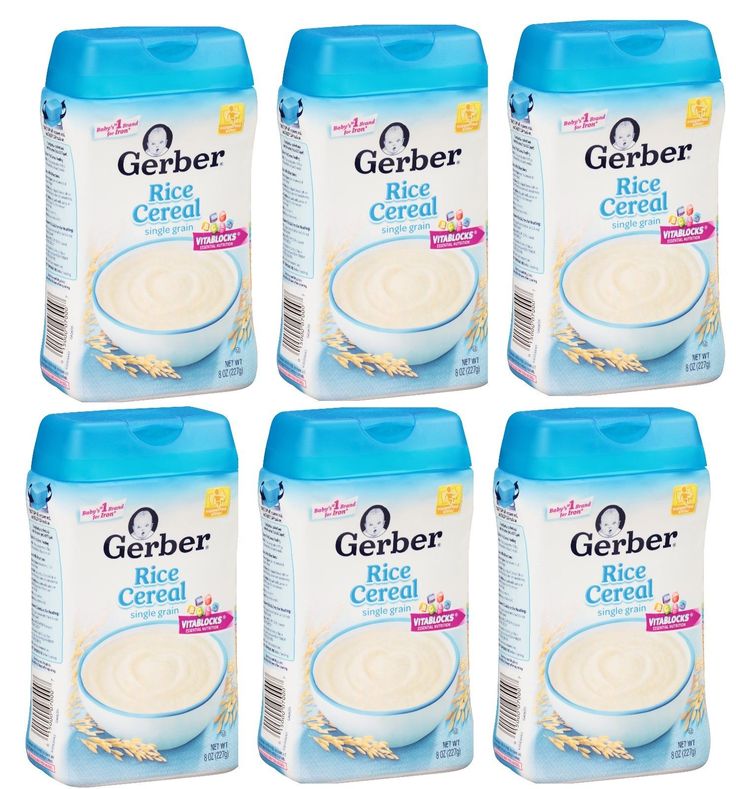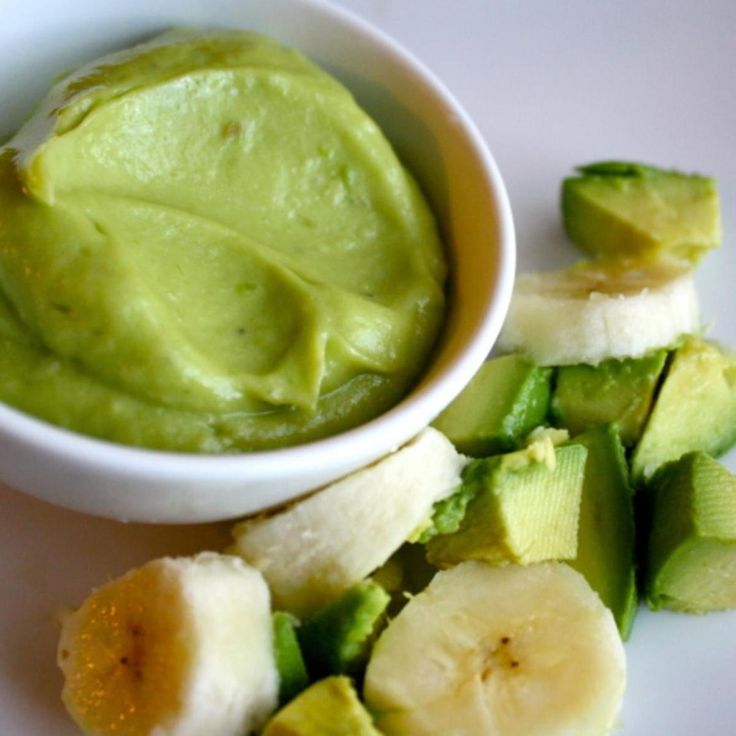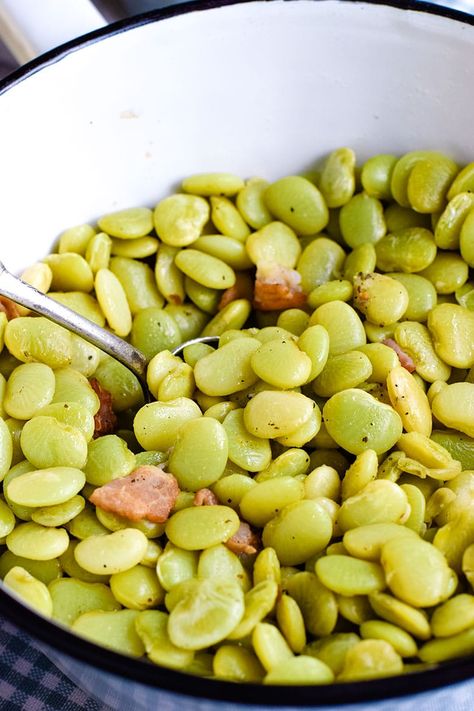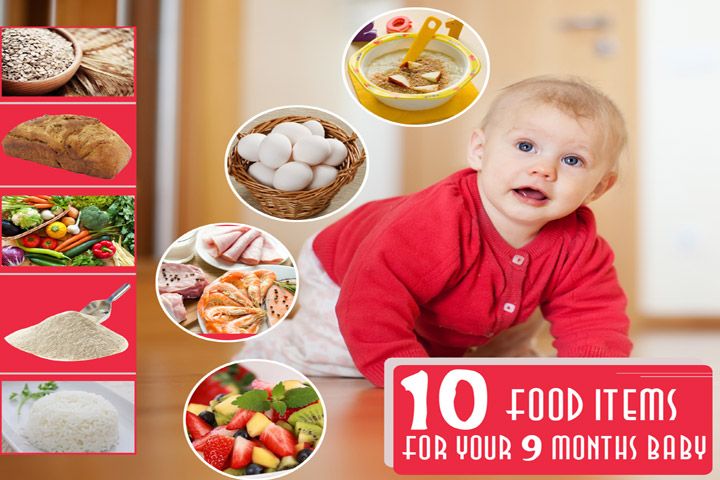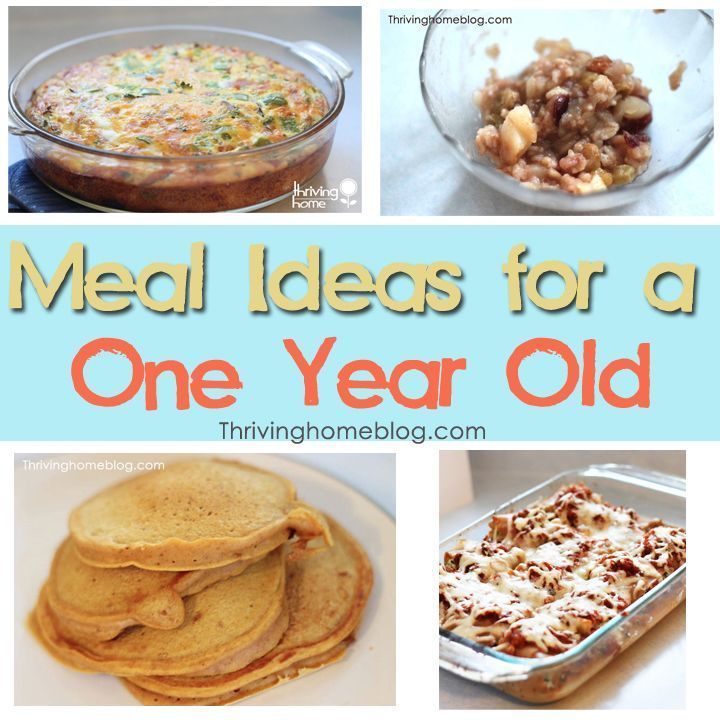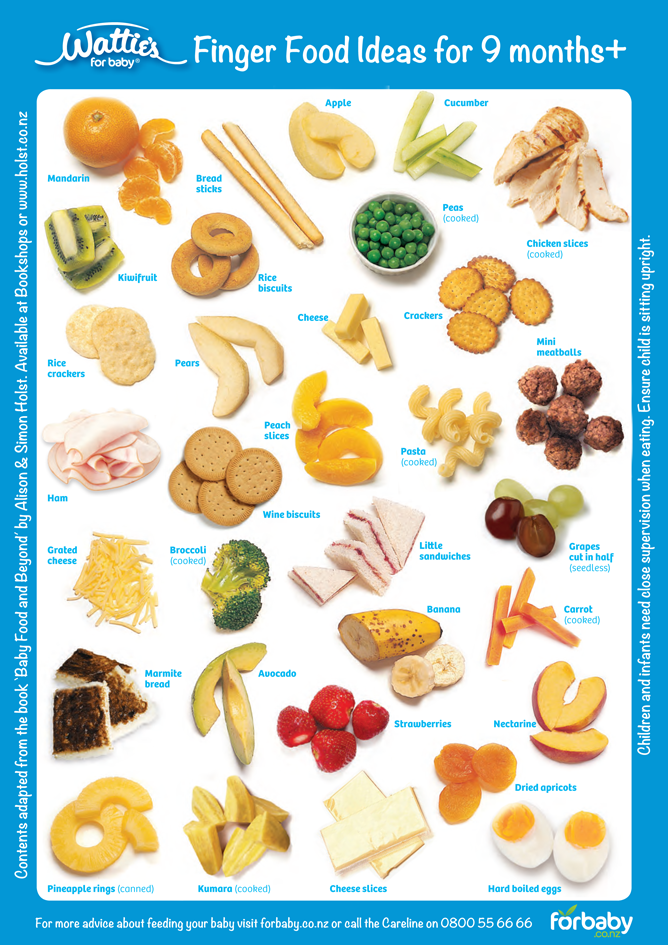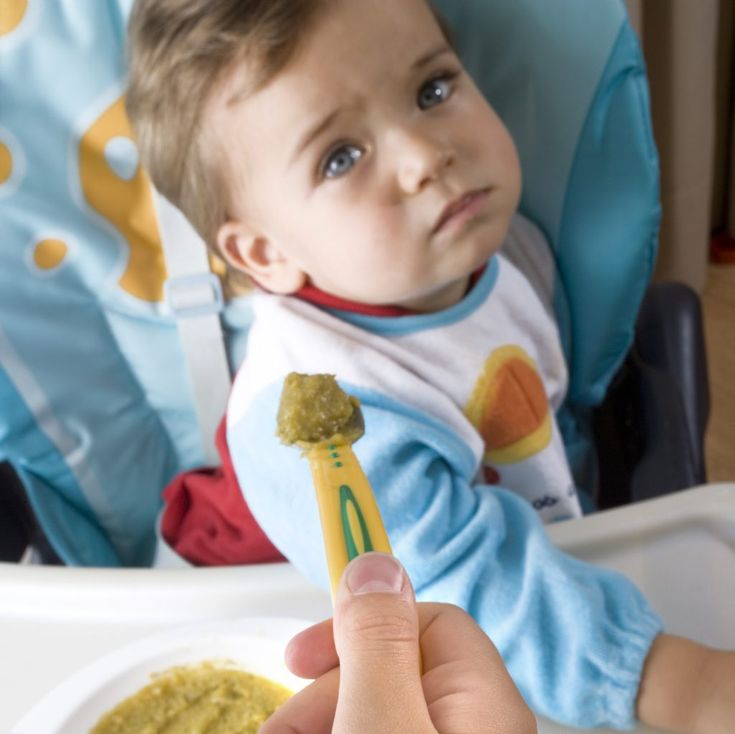Constipation relief foods for babies
Are There Baby Foods that Help with Constipation?
While parenting brings many surprises, one of them is likely how much you’ll think about poop, or lack thereof, especially during that first year. But here you are worrying about your baby’s digestive tract and convinced that they’re constipated.
If you’ve recently introduced your baby to solid food, then your worries may be on target: solid foods can put a strain on your baby’s developing digestive tract and cause constipation. But there are things you can do to help!
Before you begin treating constipation you should determine if there is really an issue at all. So here’s the scoop on poop and how to tell if your worries are founded and your baby is constipated.
Breastfed babies
During the first few weeks, you’ll find yourself changing diapers with alarming regularity. Figure in every feed or so.
But don’t despair, because by the time your baby reaches 6 weeks old, they may have a bowel movement only once or twice a day. On the other hand, they may have one only every 7–10 days. (Yep, the frequency really can vary that much.)
The poop is yellow, soft, runny and sometimes lumpy and the smell isn’t unpleasant.
Formula-fed babies
A newborn, formula-fed baby typically poops up to five times a day. At about 6 to 8 weeks, this may decrease to around once a day.
Formula-fed babies have poop that is a camel to brown color with a thicker consistency, more like paste. Most likely, the less-than-aromatic smell means you’ll hermetically seal soiled diapers before you toss them into the garbage.
Signs that your baby is constipated
You’ve noticed that your baby’s tummy isn’t following the schedule that you got used to. Could it be constipation? Here are the signs that could confirm your suspicions:
- You notice that they cry or fuss while they’re trying to have a hard bowel movement.
- The poop, when it does come, is like hard pellets.
- You notice streaks of red blood in the hard poop.

While it’s not easy for a baby on a liquid diet to become constipated, trouble can start when you start introducing your baby to solid foods at around 6 months. Here’s why:
New food types
Think of it as a learning curve: Your baby’s body is learning how to cope with a new kind of food to digest as they move away from their full liquid diet and you need to soften the learning curve. (Pardon the irresistible pun.)
Changes to fluid intake
Decreased fluids will make your baby’s poop harder and more difficult to push out. If they’ve started solids, they may need to up their fluid intake to offset the solid food. And if your baby is teething or feeling unwell, it can also lead to them taking in less fluid than usual.
Lack of fiber
Even though they’re just starting out, babies’ tummies work like ours. While initially the move to solids that have fiber (from breast milk or formula, which don’t) can cause temporary constipation, their tummies will adjust.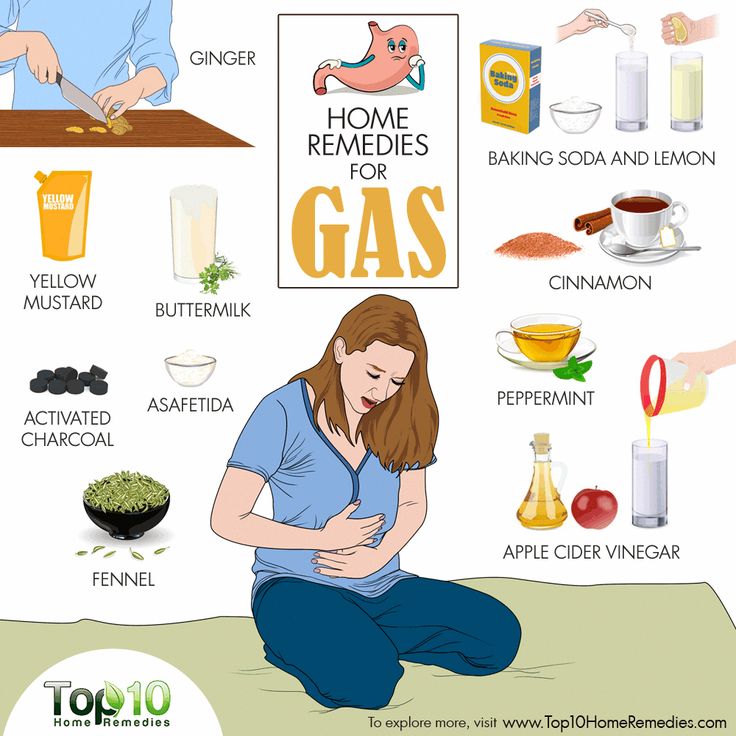
Make sure to monitor your baby’s fiber intake and pair it with plenty of hydration for a smooth ride the same way that you monitor yours.
OK, so you’ve confirmed that your baby is constipated. The next step is helping to alleviate the strain on their developing digestive system.
Remember that you can keep offering these foods as your baby develops into a toddler and beyond. In fact, there is little research or evidence to support specific foods (including high fiber ones) in treating or preventing constipation in infants. Most of these recommendations are based on evidence for older adults and children.
Keep in mind that good practice when introducing solids is to introduce foods as single ingredients. That way, if your baby is allergic to certain foods, you’ll be able to more easily trace the source.
If your little one hasn’t tried these foods before, don’t rush the process. Test out one at a time and then introduce combinations once you’re confident they’re well tolerated.
- Back to basics. Give your baby’s digestive tract a break by feeding them mashed avocado or sweet potato purée. These are easy to digest and may give your baby the kick start they need.
- B vegetables. Think broccoli, Brussels sprouts, and beans. Purée these for a meal filled with fiber.
- P fruits. Your grandmother was right — bring on the prunes for quick work. A purée that includes a mix of prunes plus pears, plums, or peaches should work magic. Try subbing the prunes with dates for a change.
- Bring on the fiber. If your baby is over 8 months, you can offer them whole grains like oatmeal, fiber-rich cereals, whole wheat pasta, and brown rice.
- Water intake. Until 6 months an exclusively breastfed or formula-fed baby doesn’t need to drink water. Above this age, you can introduce small amounts of water.
Plums and pears with cinnamon
Cut 2 or 3 pears and plums into small pieces.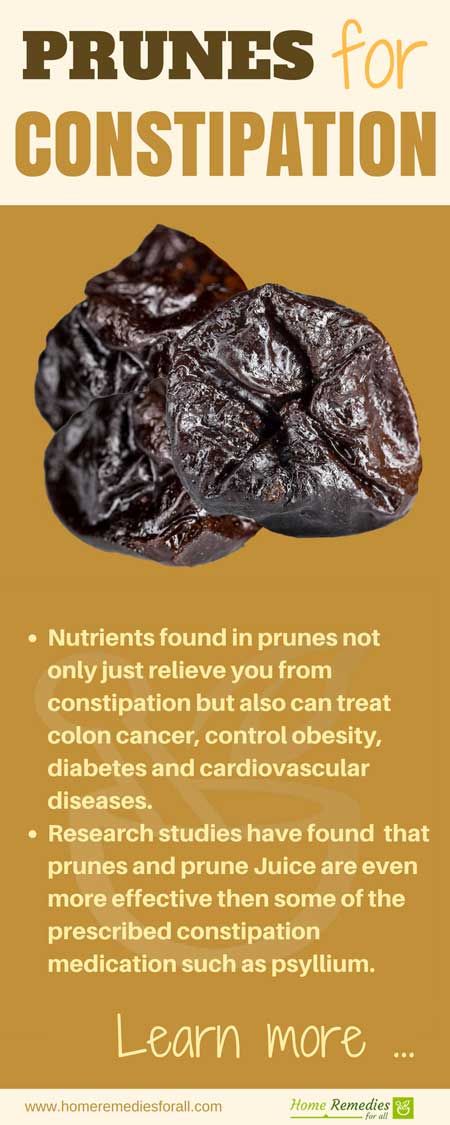 Place in a saucepan with a small amount of water and simmer until soft. Add in a sprinkle of cinnamon. Blend thoroughly.
Place in a saucepan with a small amount of water and simmer until soft. Add in a sprinkle of cinnamon. Blend thoroughly.
Sweet potato with apple and peach
Cut half a sweet potato, one apple, and half a peach into small pieces. Place in steamer basket and cook until tender. Blend until smooth.
Spinach and apple purée
Chop two apples into small chunks and cook in saucepan with about 1/2 cup of water. When they’re tender, add about 1 cup of spinach and cook another 2 to 3 minutes. Purée until smooth. Can be seasoned with cinnamon and ginger.
Some sources suggest prune, pear, and apple juices help to increase the water content in poop and can ease constipation.
However, the American Academy of Pediatrics recommends steering clear of fruit juice for children younger than 1 year old. You can stick with these fruits as purées for similar effects.
What is it about prune juice? The high levels of sorbitol and phenolic substances in prune juice and dried plums act as a laxative and diuretic properties. So if your child is over 1 year old, you can use small amounts of prune juice to encourage their system to run.
So if your child is over 1 year old, you can use small amounts of prune juice to encourage their system to run.
Some studies show that constipation may affect as much as 30 percent of children. If your child is part of the unlucky statistic, here are some foods that you may want to give them smaller amounts of until it passes:
- bananas
- dairy products such as cheese and yogurt
- low fiber foods like white rice, white bread, and white pasta
If you’re like most parents, you’ll be up for whatever you can try to help your baby get comfortable fast. Here are a few tricks that you can use to ease your baby’s constipation:
- Warm baths. These can relax those abdominal muscles and get them working.
- Exercise. Lay your baby on their back and push their legs alternately as if they’re cycling a bike. Alternatively, hold their knees and feet together and push their feet towards their belly.
- Massage.
 Use your fingertip to draw clockwise circles on your baby’s stomach.
Use your fingertip to draw clockwise circles on your baby’s stomach.
If you see that despite your home remedies, your baby still is having hard stools or hasn’t pooped after 2 or 3 days from their last hard stool, then contact your pediatrician. Especially if you consistently notice blood in their poop or your baby is extremely irritable and appears to be in pain.
While dealing with your baby’s toilet issues may seem a tad unsavory, you’ll soon be so used to it, that you’ll find yourself sharing your insights over coffee with other parents. And don’t be shy about sharing the yummy food combinations you discover to keep things moving.
Are There Baby Foods that Help with Constipation?
While parenting brings many surprises, one of them is likely how much you’ll think about poop, or lack thereof, especially during that first year. But here you are worrying about your baby’s digestive tract and convinced that they’re constipated.
If you’ve recently introduced your baby to solid food, then your worries may be on target: solid foods can put a strain on your baby’s developing digestive tract and cause constipation.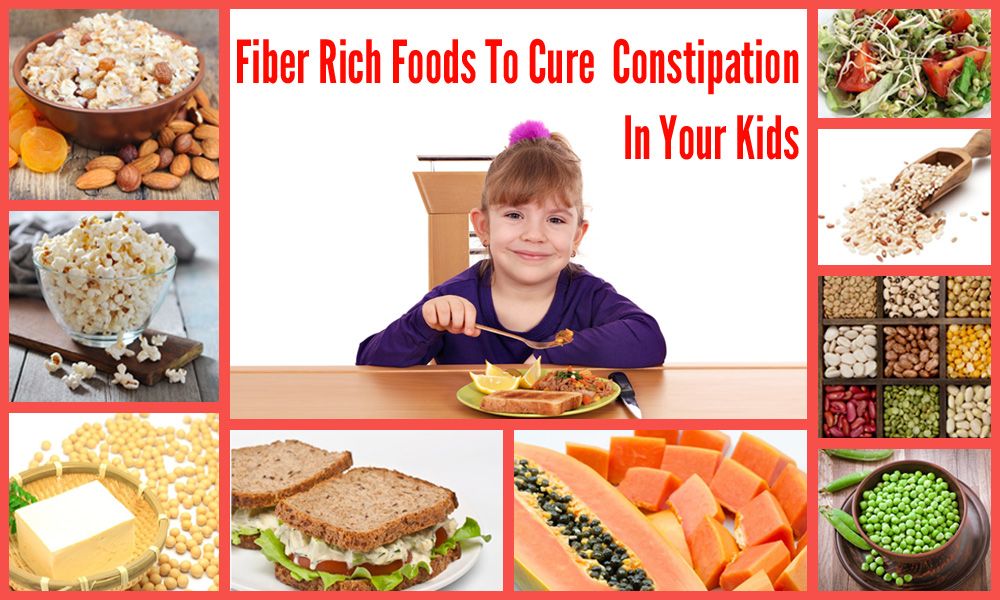 But there are things you can do to help!
But there are things you can do to help!
Before you begin treating constipation you should determine if there is really an issue at all. So here’s the scoop on poop and how to tell if your worries are founded and your baby is constipated.
Breastfed babies
During the first few weeks, you’ll find yourself changing diapers with alarming regularity. Figure in every feed or so.
But don’t despair, because by the time your baby reaches 6 weeks old, they may have a bowel movement only once or twice a day. On the other hand, they may have one only every 7–10 days. (Yep, the frequency really can vary that much.)
The poop is yellow, soft, runny and sometimes lumpy and the smell isn’t unpleasant.
Formula-fed babies
A newborn, formula-fed baby typically poops up to five times a day. At about 6 to 8 weeks, this may decrease to around once a day.
Formula-fed babies have poop that is a camel to brown color with a thicker consistency, more like paste.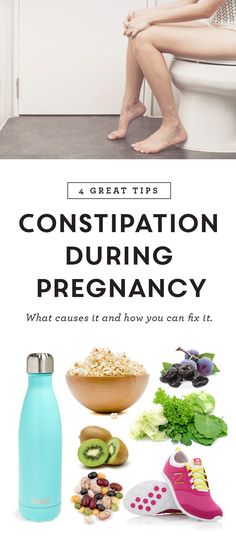 Most likely, the less-than-aromatic smell means you’ll hermetically seal soiled diapers before you toss them into the garbage.
Most likely, the less-than-aromatic smell means you’ll hermetically seal soiled diapers before you toss them into the garbage.
Signs that your baby is constipated
You’ve noticed that your baby’s tummy isn’t following the schedule that you got used to. Could it be constipation? Here are the signs that could confirm your suspicions:
- You notice that they cry or fuss while they’re trying to have a hard bowel movement.
- The poop, when it does come, is like hard pellets.
- You notice streaks of red blood in the hard poop.
While it’s not easy for a baby on a liquid diet to become constipated, trouble can start when you start introducing your baby to solid foods at around 6 months. Here’s why:
New food types
Think of it as a learning curve: Your baby’s body is learning how to cope with a new kind of food to digest as they move away from their full liquid diet and you need to soften the learning curve. (Pardon the irresistible pun.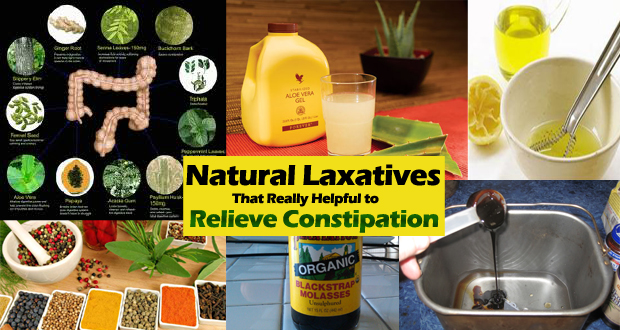 )
)
Changes to fluid intake
Decreased fluids will make your baby’s poop harder and more difficult to push out. If they’ve started solids, they may need to up their fluid intake to offset the solid food. And if your baby is teething or feeling unwell, it can also lead to them taking in less fluid than usual.
Lack of fiber
Even though they’re just starting out, babies’ tummies work like ours. While initially the move to solids that have fiber (from breast milk or formula, which don’t) can cause temporary constipation, their tummies will adjust.
Make sure to monitor your baby’s fiber intake and pair it with plenty of hydration for a smooth ride the same way that you monitor yours.
OK, so you’ve confirmed that your baby is constipated. The next step is helping to alleviate the strain on their developing digestive system.
Remember that you can keep offering these foods as your baby develops into a toddler and beyond. In fact, there is little research or evidence to support specific foods (including high fiber ones) in treating or preventing constipation in infants. Most of these recommendations are based on evidence for older adults and children.
Most of these recommendations are based on evidence for older adults and children.
Keep in mind that good practice when introducing solids is to introduce foods as single ingredients. That way, if your baby is allergic to certain foods, you’ll be able to more easily trace the source.
If your little one hasn’t tried these foods before, don’t rush the process. Test out one at a time and then introduce combinations once you’re confident they’re well tolerated.
- Back to basics. Give your baby’s digestive tract a break by feeding them mashed avocado or sweet potato purée. These are easy to digest and may give your baby the kick start they need.
- B vegetables. Think broccoli, Brussels sprouts, and beans. Purée these for a meal filled with fiber.
- P fruits. Your grandmother was right — bring on the prunes for quick work. A purée that includes a mix of prunes plus pears, plums, or peaches should work magic.
 Try subbing the prunes with dates for a change.
Try subbing the prunes with dates for a change. - Bring on the fiber. If your baby is over 8 months, you can offer them whole grains like oatmeal, fiber-rich cereals, whole wheat pasta, and brown rice.
- Water intake. Until 6 months an exclusively breastfed or formula-fed baby doesn’t need to drink water. Above this age, you can introduce small amounts of water.
Plums and pears with cinnamon
Cut 2 or 3 pears and plums into small pieces. Place in a saucepan with a small amount of water and simmer until soft. Add in a sprinkle of cinnamon. Blend thoroughly.
Sweet potato with apple and peach
Cut half a sweet potato, one apple, and half a peach into small pieces. Place in steamer basket and cook until tender. Blend until smooth.
Spinach and apple purée
Chop two apples into small chunks and cook in saucepan with about 1/2 cup of water. When they’re tender, add about 1 cup of spinach and cook another 2 to 3 minutes. Purée until smooth. Can be seasoned with cinnamon and ginger.
Purée until smooth. Can be seasoned with cinnamon and ginger.
Some sources suggest prune, pear, and apple juices help to increase the water content in poop and can ease constipation.
However, the American Academy of Pediatrics recommends steering clear of fruit juice for children younger than 1 year old. You can stick with these fruits as purées for similar effects.
What is it about prune juice? The high levels of sorbitol and phenolic substances in prune juice and dried plums act as a laxative and diuretic properties. So if your child is over 1 year old, you can use small amounts of prune juice to encourage their system to run.
Some studies show that constipation may affect as much as 30 percent of children. If your child is part of the unlucky statistic, here are some foods that you may want to give them smaller amounts of until it passes:
- bananas
- dairy products such as cheese and yogurt
- low fiber foods like white rice, white bread, and white pasta
If you’re like most parents, you’ll be up for whatever you can try to help your baby get comfortable fast. Here are a few tricks that you can use to ease your baby’s constipation:
Here are a few tricks that you can use to ease your baby’s constipation:
- Warm baths. These can relax those abdominal muscles and get them working.
- Exercise. Lay your baby on their back and push their legs alternately as if they’re cycling a bike. Alternatively, hold their knees and feet together and push their feet towards their belly.
- Massage. Use your fingertip to draw clockwise circles on your baby’s stomach.
If you see that despite your home remedies, your baby still is having hard stools or hasn’t pooped after 2 or 3 days from their last hard stool, then contact your pediatrician. Especially if you consistently notice blood in their poop or your baby is extremely irritable and appears to be in pain.
While dealing with your baby’s toilet issues may seem a tad unsavory, you’ll soon be so used to it, that you’ll find yourself sharing your insights over coffee with other parents. And don’t be shy about sharing the yummy food combinations you discover to keep things moving.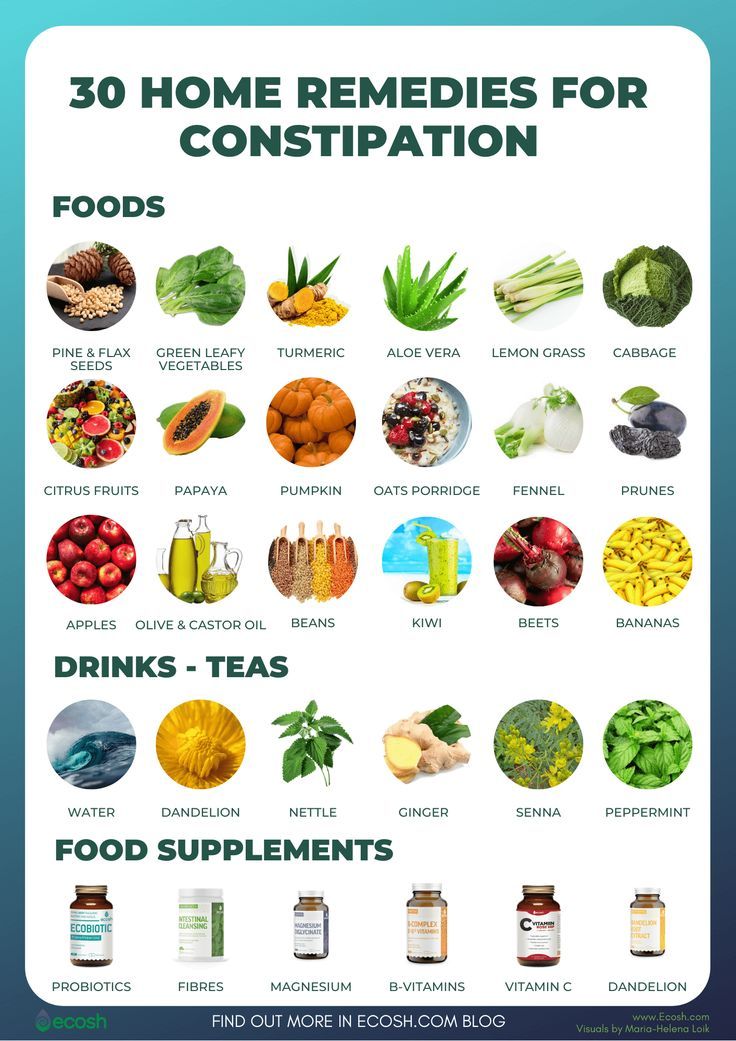
Constipation in children. Diet and gymnastics of a child with constipation.
Constipation is a very common problem in children. Why?
With the start of complementary foods, stools in infants most often improve. This is due to the introduction of fiber into the child's diet, as well as an increase in the child's motor activity.
But after 1 year the number of children suffering from constipation starts to grow again. This is due to the refusal of breastfeeding, the transition to solid food, a decrease in the amount of water in the diet. Approximately every fifth child after a year suffers from constipation. How to deal with this problem? nine0006
For your health - the recommendations of the pediatrician of the clinic "Lor Plus", a doctor of the highest category Anna Gennadievna Marakulina .
What are the most common causes of constipation in children?
- Insufficient fluid volume.
- Diet, poor in fiber.
- Insufficient physical activity.
How to avoid constipation in a child?
To prevent constipation, the child must drink enough fluids. Be sure to teach your child to drink ordinary water. A child over 3 years of age is required to drink at least 2 glasses of water a day. nine0006
— Do not give your child sweet and carbonated drinks, strong tea and coffee. They have a diuretic effect, contribute to the development of dehydration and constipation.
- Cold water stimulates peristalsis. And warm water has a relaxing effect on the muscles of the gastrointestinal tract and is quickly absorbed. Therefore, in case of constipation, it is recommended to give a child up to 3 years old 1/2 cup, and over 3 years old - 1 glass of cool water in the morning on an empty stomach. Start with water at room temperature. If the effect is not achieved and the state of health permits, the water temperature is gradually lowered. It should be pleasantly cool. In this case, peristalsis is stimulated by rapid filling and irritation of the stomach, and then the intestines. nine0005 - There are drinks that have a laxative effect. Dairy products, plum and beet juice, dried fruit compote (prunes, dried apricots, raisins), chamomile decoction, children's teas with fennel and dill. By including these drinks in your baby's diet, regular stools can be achieved. But this should be done gradually, starting with small amounts, so as not to cause a digestive breakdown in the child.
nine0005 - There are drinks that have a laxative effect. Dairy products, plum and beet juice, dried fruit compote (prunes, dried apricots, raisins), chamomile decoction, children's teas with fennel and dill. By including these drinks in your baby's diet, regular stools can be achieved. But this should be done gradually, starting with small amounts, so as not to cause a digestive breakdown in the child.
Does diet help with constipation?
Everyone knows that a diet for constipation should include a lot of fiber-rich foods, and these are vegetables and fruits. But not everyone knows how much and what kind of fruits and vegetables a child needs. nine0006
| 1-3 year | 3-7 years old | older than 7 years | ||||
| Vegetables of total (of which potatoes) | 350 grams (120) | 450 g (250) | 550 GR Gr. (250) | |||
| Fruits | 100-150 GR | 250 GR | 250 GR | |||
| Fresh vegetables | 50-70 gr | 900 GR 2003.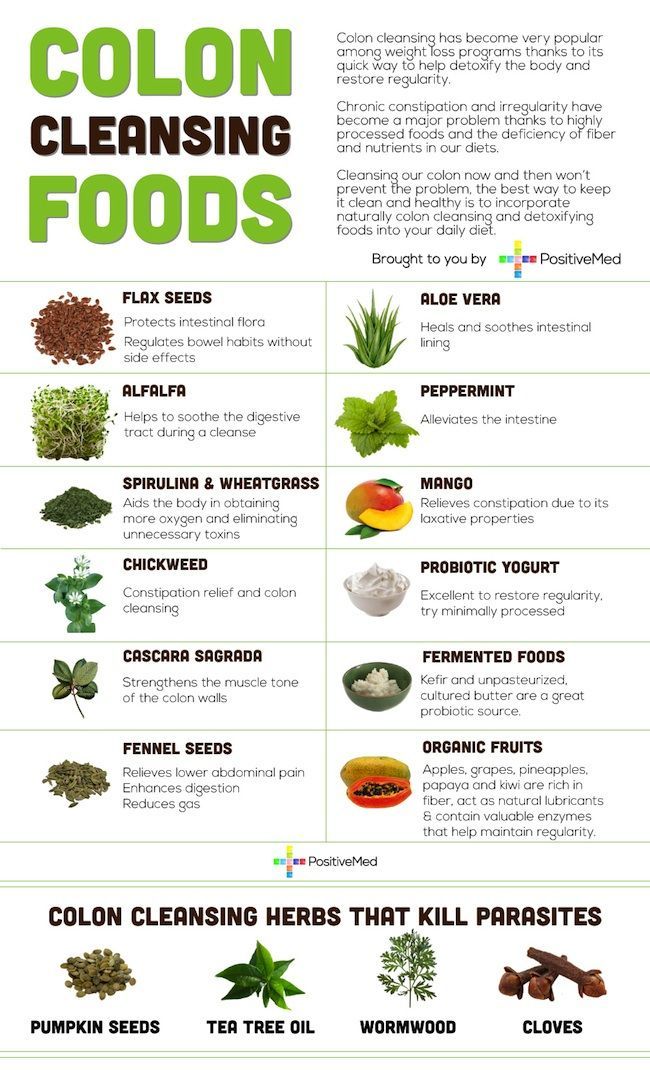 20033 200 GKO 20033 200 GKO | 200 GKO | 200 GKO 20033 200 GKO 20033 200 GK gr | 200 gr | 200 gr |
| dried fruits | 10-15 grams | 200 gr | 200-300 gr |
Yes, it is enough for most children to establish a drinking regime and regularly feed the child with fruits and vegetables in fruits and vegetables. according to age. But not for everyone.
Some people need to supplement their diet with laxative foods. These include: plums, beets, prunes, raisins, figs, dates, dried apricots, legumes, nuts. They should be present in the diet of a child prone to constipation. Include them in the diet should be gradually. For some, it will be enough to consume one of the listed products daily, while others will need to include several in the diet. nine0006
Cereal porridges with shells (buckwheat, oatmeal, pearl barley, wheat) and wholemeal bread are also useful.
Fermented milk products (kefir, curdled milk, fermented baked milk, biolact) are best consumed before going to bed.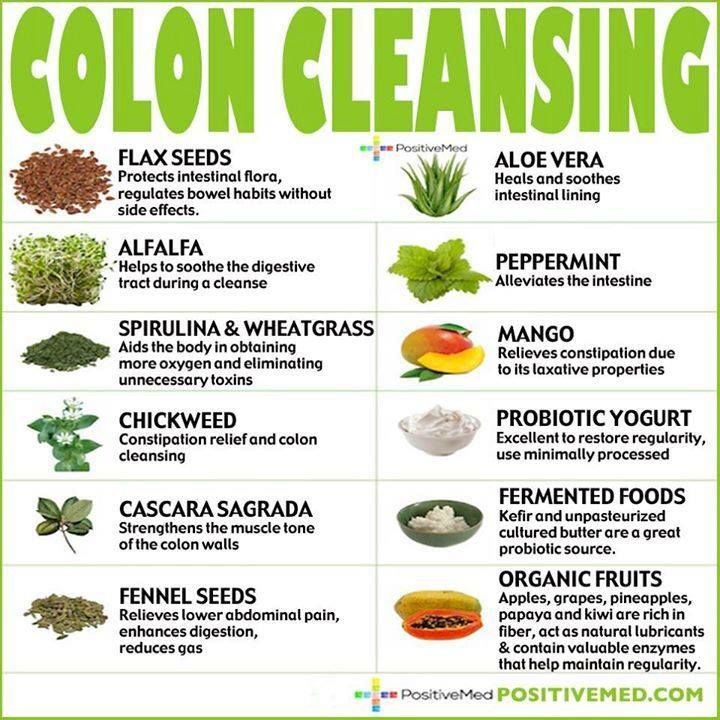 1 glass a day is enough. You can increase the daily intake of kefir to 2 glasses per day.
1 glass a day is enough. You can increase the daily intake of kefir to 2 glasses per day.
Refined rice, blueberries, pears, sweets and buns, flour products from premium flour, strong tea, animal fats have a fixing effect. It is better for children prone to constipation to abstain or significantly limit their use. nine0006
I recommend trying several recipes for constipation that I and my patients have tested:
— Take equal amounts of dried fruits: figs, dates, dried apricots, prunes, wash well, pour over with boiling water, destone, turn through a meat grinder or chop in a blender . Take daily in the morning on an empty stomach (30 minutes before meals) 1-2 teaspoons with 1 glass of water with lemon. Children under 3 years old - 1/2 cup of water.
This recipe can be used by children from 1 year old, but be sure to first test how the child tolerates each dried fruit individually, and then prepare the mixture. nine0006
— Sour milk + prunes for the night: 10-20 pieces of prunes are well washed, brewed with boiling water for 5-10 minutes, a small child can be mashed.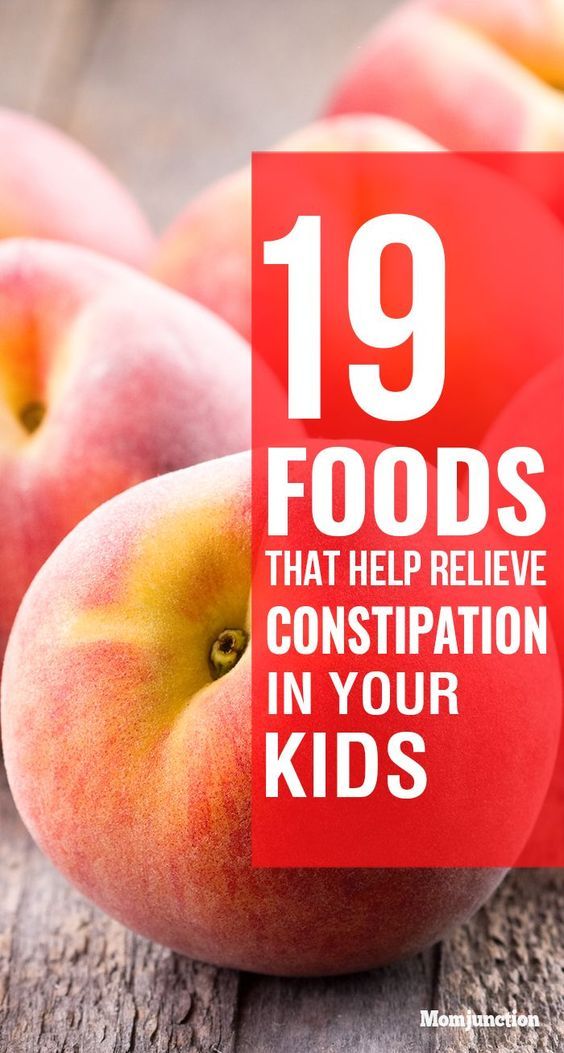 Eat before going to bed with 1 glass of kefir, biolact, fermented baked milk, curdled milk.
Eat before going to bed with 1 glass of kefir, biolact, fermented baked milk, curdled milk.
Wheat bran is a very useful product, because contain approximately 50% fiber, as well as many vitamins and minerals. You can buy them at a pharmacy.
Wheat bran can be included in the diet of children after 1 year as a remedy for constipation. Start with a daily amount of 1 teaspoon, gradually, every 2-3 days, increasing the dose until a regular stool is achieved. The maximum dose for children is up to 2 tablespoons per day. nine0005 The daily dose of bran is brewed with a small amount of boiling water. It is kept under the lid for 30-40 minutes, then the excess water is drained, and the swollen bran is added to the child's food, most often to porridge. You can add them to kefir, cottage cheese, vegetable and fruit puree. You can add the entire daily dose of bran in one serving of food, can be divided evenly into breakfast, lunch and dinner.
Gymnastics for constipation.
 Helps or not?
Helps or not? In my experience it helps a lot! Active and mobile children are less likely to suffer from constipation. For the prevention of constipation, sports are useful: running, swimming, gymnastics, squats, tilts, exercises to strengthen the abdominal press. nine0006
A child suffering from constipation, in addition to following a diet and drinking regimen, is recommended to do a few simple things in the morning:
- Get up early so that there is enough time for all morning activities, including going to the toilet, water (possible with a mixture of dried fruits),
- Perform the following exercises - Starting position standing: take a deep breath, then a deep breath, then draw in the stomach as much as possible and stick it out. Repeat the exercises several times. nine0005 There is a good chance that the child will want to go to the toilet afterwards.
Abdominal massage is also helpful.
Is constipation so dangerous?
The causes, and hence the consequences of constipation can be different:
• stress - you need to create a calm environment for the child,
• rectal fissures - you need to contact the surgeon,
• arbitrary retention of stool - you need to talk with the child, try to work out from him morning defecation schedule.
And the consequences can be different. It is always better to find out the causes of the disease with your pediatrician. So you can avoid dangerous consequences. nine0005 It is not recommended to give a child laxatives and suppositories on their own, as well as to repeat cleansing enemas frequently. If for a long time (more than 1 month) it is not possible to establish a regular chair for a child, you need to see a doctor. Diet
Let your baby be always healthy!
And the pediatricians of the clinic "Lor Plus" are ready to answer the questions of mothers and fathers about the well-being of the child and the prevention of childhood diseases.
Come to our clinic!
Experienced paediatricians see children in our clinics:
Marakulina Anna Gennadievna (pediatrician, doctor of the highest qualification category, experience 29 years)
Fedoseeva Olesya Andreevna (pediatrician).
Our doctors:
- They will pick up the key to a crying baby,
- They will calm the worried mom,
- They will quickly make the correct diagnosis,
- They will prescribe an effective treatment.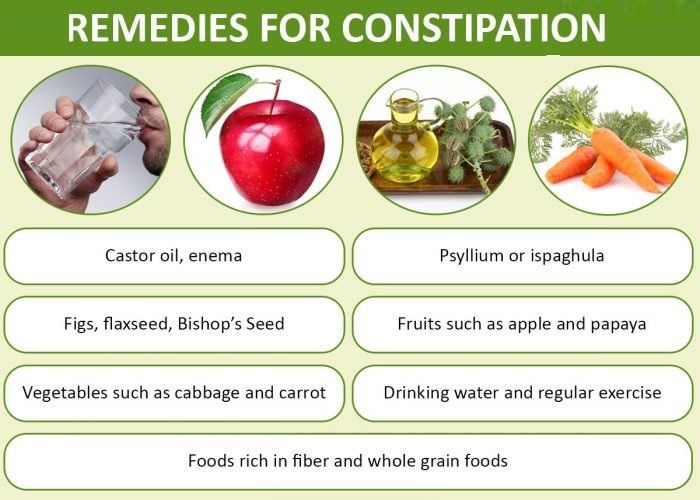
Make an appointment with the Pediatrician at a convenient time for you
| You can make an appointment by phone. +7(342)258-258-8 or through the registration form below. Appointment with a doctor through the Administrator of the clinic Leave your details, our Administrator will call you back in the near future, consult on the cost of services, select the best time for your appointment. Your name Your phone number Enter your phone number so that the clinic administrator will contact you in advance. Message Specify wishes for date, time of appointment and doctor |
Please note that:
- When visiting the clinic for the first time, it is advisable to arrive 10 minutes before the appointed time in order to fill out a medical history and sign an agreement, informed consent for medical intervention.
 You can familiarize yourself with the texts of these documents here.
You can familiarize yourself with the texts of these documents here. - To sign the contract, you must have a passport with you. nine0192
- If the patient is a child (up to 18 years of age inclusive!), then one of the parents or guardian must come to the appointment with the child and sign the contract and consent.
- Think ahead and formulate the problem with which you go to the doctor.
- If you have the results of previous examinations and analyzes, we recommend that you take them with you to an appointment with a specialist.
- If you have a chronic illness and take medicines regularly, write down the names, doses and regimen. nine0192
- Remember and be sure to tell your doctor if you have had an allergic reaction to any medications, foods, etc.
Clinic address and directions can be found here
Products that prevent constipation and improve digestion
In developed countries, up to 20% of the population suffers from constipation.
 In the last article on this topic, we talked about what constipation is and what are the most common causes of constipation. In this material, we understand why you should not immediately take constipation remedies, but it is better to first pay attention to your diet. nine0003
In the last article on this topic, we talked about what constipation is and what are the most common causes of constipation. In this material, we understand why you should not immediately take constipation remedies, but it is better to first pay attention to your diet. nine0003 If you or someone close to you has occasional or regular bowel problems, read on. You will learn about healthy products that help you go to the toilet in a natural way.
If constipation lasts for weeks or is accompanied by pain, blood and mucus in the stool, and other unpleasant symptoms, see a doctor.
Contents
- 1. How different types of fiber affect bowel movements
- 2. Soups: more water and fiber
- 3. Fermented foods - probiotics for the intestines
- 4. Stone fruits for constipation
- 5. Whole grains and bran
- 6. Legumes in the fight against constipation
- 7. Seeds for Better Digestion
- 8.
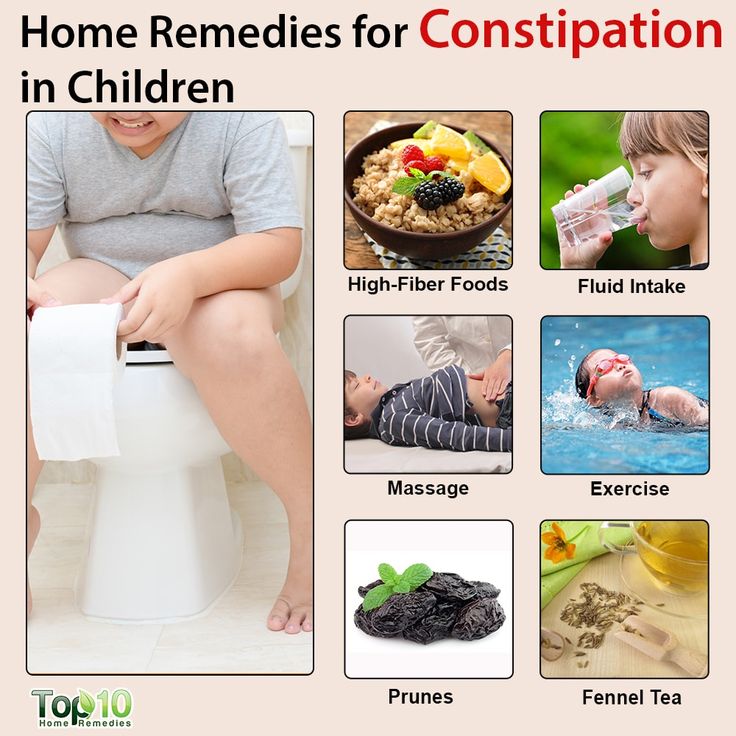 How to eat fiber
How to eat fiber - 9. Important note
How different types of fiber affect bowel movement
Photo by Ella Olsson / UnsplashFiber, or plant fiber, helps to make bowel movements regular and feeds good gut bacteria. It comes in soluble and insoluble forms, and both types are equally important for healthy digestion. nine0006
The human body is unable to digest fiber. The gut bacteria do it for us.
Soluble fiber absorbs liquid and forms a gel-like substance that facilitates the passage of stool through the digestive tract. It also creates a feeling of fullness.
Atlas microbiota test helps you understand how bacteria perform this task. Based on the results of the test, every week you will receive a list of products to improve the functioning of your microbiota.
Soluble fiber absorbs liquid and forms a gel-like substance that facilitates the passage of feces through the digestive tract. It also creates a feeling of fullness. Foods rich in fiber of this type include apples, oatmeal, citrus fruits.
It also creates a feeling of fullness. Foods rich in fiber of this type include apples, oatmeal, citrus fruits.
Insoluble fiber adds bulk to stools and stimulates intestinal receptors to speed up stool elimination. Insoluble dietary fiber also retains water and prevents feces from turning into a dry, lumpy mass. This type of dietary fiber is found in plants of the legume family, nuts, and potatoes. nine0006 Photo by Maddi Bazzocco / Unsplash
Soups: more water and fiber
The high fiber and liquid content of vegetable soups makes them an excellent and affordable tool for solving digestive problems. The main thing is not to digest vegetables so that the fiber does not lose its beneficial properties.
Photo by Gianluca Gerardi / Unsplash Milk and cream soups can cause bloating and make you feel bad. For thicker, more textured soups, and to avoid GI side effects, opt for recipes with potatoes. The starch it contains will give the soup a creamy texture.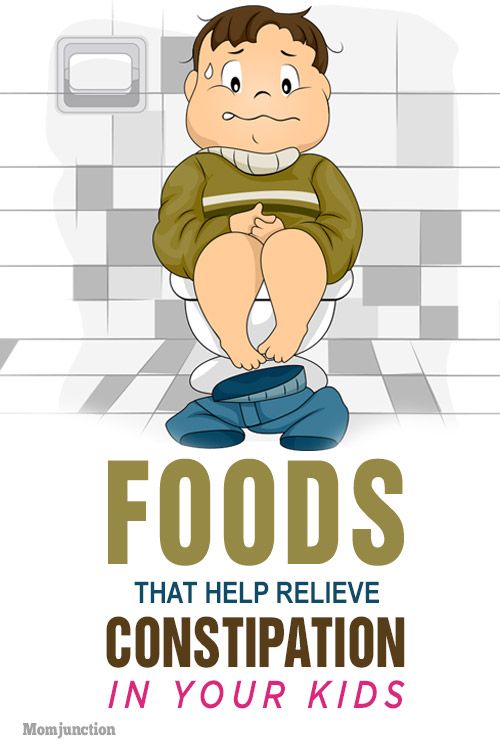 nine0006
nine0006
Fermented foods - probiotics for the intestines
Fermented foods such as kefir or sauerkraut, are rich in beneficial probiotics - lactic acid bacteria Lactobacillus and Bifidobacterium. In the intestines, such bacteria resist dysbacteriosis and produce short-chain fatty acids that maintain mucosal health and normal peristalsis.
Fermented foods contain little or no lactose, so people with lactose intolerance don't have to worry about stomach discomfort. If a slight seething after their use nevertheless appeared, the reason is more likely in the probiotic effect than in intolerance. This means that the intestinal bacteria are working hard on the breakdown of fiber, while releasing gases. nine0006 Photo by little plant / Unsplash
If you are put off by the sour taste and smell of kefir, try other fermented dairy products, such as Greek yogurt, fermented baked milk, acidophilus.
Available probiotics for vegans are kombucha, kimchi, sauerkraut and other fermented vegetables, miso paste, cashew or soy based yogurt.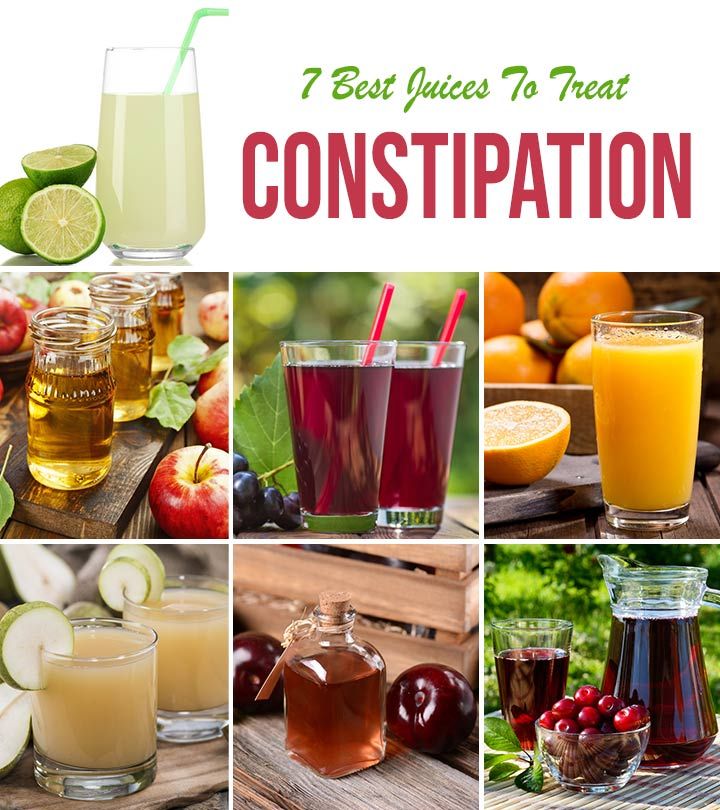
With the Atlas Microbiota Test, you can check the bacterial composition of your gut and understand which prebiotics and probiotics are right for you. nine0216
Pitted Fruit for Constipation
This juicy and fibrous fruit will quickly help you digest your naturally. Some fruits with stones also contain sorbitol, which has a mild laxative effect.
Apricots, plums, peaches, nectarines are considered the most effective against constipation.Photo by Elena Mozhvilo / Unsplash
If the fresh fruit season is over, you can limit yourself to prunes and dried apricots. It is important to always drink dried fruits with water - if you eat them dry on the go, this will only worsen the condition. nine0006
Whole grains and bran
Unprocessed grain retains the outer shell, endosperm and germ. Such grains contain a maximum of nutrients and fiber, so for chronic constipation, whole grains and bran (separated grain shells) should be included in the diet.
Products include:
- whole grain toast for breakfast;
- bran porridge;
- blasted whole grain breads for snacking; nine0192
- brown rice for garnish.
If you don't like the taste of brown rice, you can buy a mixture of regular brown rice. As for flax crackers, such a snack is not suitable for everyone - dense raw grains may not be digested at all.
Legumes in the fight against constipation
Lentils, chickpeas and beans from the legume family contain a lot of fiber - this is what causes flatulence in many people. For this fiber to benefit, you need to add legumes to the diet in small portions and focus on your well-being. In any case, gas is rather a positive sign, which indicates that the intestinal bacteria have something to eat.
Photo by engin akyurt / Unsplash Before cooking, it is recommended to soak legumes in advance for several hours or even overnight in cold water. Canned chickpeas and beans are easier to digest because some of the "gas-forming" substances go into a liquid that can be drained.
Canned chickpeas and beans are easier to digest because some of the "gas-forming" substances go into a liquid that can be drained.
Still available for purchase bean sprouts or get them yourself - they are also easier to digest. The spice asafoetida has been shown to reduce bloating after legumes, according to some studies.
Regular Digestion Seeds
Chia Seeds are a trending source of soluble fiber. They also need to be diluted with water or added to cereals, smoothies, yogurts. Chia pudding or chia yogurt is a light breakfast or dessert option that will help keep the moisture in your stool and add the viscosity you need. nine0006 Photo by Ash Edmonds / Unsplash
Psyllium Husk is sold dry as a natural remedy for constipation. It has a neutral taste and smells almost nothing. When diluted with water, the husk forms mucus, which is necessary for the formation of healthy stools.
More affordable soluble fiber - flax seeds . They are recommended for irritable bowel syndrome, chronic constipation and type 2 diabetes . Seeds need to be soaked in water overnight to get that gel-like texture. If you don’t want to wait, you can buy flaxseed porridge in the form of an instant mix. nine0006
They are recommended for irritable bowel syndrome, chronic constipation and type 2 diabetes . Seeds need to be soaked in water overnight to get that gel-like texture. If you don’t want to wait, you can buy flaxseed porridge in the form of an instant mix. nine0006
How to eat fiber properly
Insoluble fiber must be chewed thoroughly and for a long time , otherwise coarse particles will irritate the esophagus and intestines. If it takes you longer to eat a salad than a main course, that's perfectly fine. The better you chew, the better this food will be absorbed and digested.
Photo by Yoav Aziz / UnsplashIt is important to drink plenty of fluids. If fiber has nowhere to absorb water, it won't work as a natural laxative. nine0006
If you have never eaten a lot of fruits and vegetables, start with small portions and give your microbiota time to get used to the new diet.
There are several signs that you may be eating too much fiber. These are:
These are:
- bloating of the lower abdomen, distension and flatulence;
- Loose, unformed stools with clearly visible undigested fibers.
Highlights
- A proper diet that includes soups, fermented and whole grains, and various types of fiber can help you improve your stool. nine0192
- It is important to remember to drink plenty of water throughout the day. Sugary drinks and coffee do not replace water.
- You can find out what nutrients and dietary fiber your bacteria are missing by taking the Atlas Microbiota Test. You will receive personalized and understandable recommendations that will help improve the functioning of the microbiota and improve digestion.
- National Health Service, Constipation, Causes of constipation
- National Health Service, Constipation, About constipation, 2020
- Min Chen et al., Modulatory Effects of Gut Microbiota on Constipation: The Commercial Beverage Yakult Shapes Stool Consistency, 2019
- Compound Interest, The Chemistry of Plums & Prunes: Constipation & Chewing Gum, 2015
- Harvard School of Public Health, Food features
- U.



